The first step to monetizing a podcast is to make sure you are producing something of value. This means you have to create a podcast that actually helps people in some way and involves topics they care passionately about. Your podcast needs to educate, entertain, inspire, inform, empower, solves problems, relieve pains, or offers solutions to gain subscribers. Basically, it’s got to be worth tuning in, spending the time to listen and worth sharing with others.

Provide Value Through Quality Content
Ultimately the value of your podcast will be determined by the number of quality relationships that are developed. Every series theme or target industry will also have different values, but it all comes down to creating that personal connection with subscribers. The second step to monetizing your podcast is consistency. Without consistency in content and regular updates with new podcast episodes, people will get bored and forget about you. Plus if you’re only posting a new podcast occasionally with long periods of time in between, it will take even longer to gain subscribers. The last major point that you need to know before you start trying to monetize your podcast is, plan on using more than one method to make money. No one way is the “best” and a combination of revenue streams will generate more money.
10 Ways to Monetize Your Podcast:
- Youtube Video Ads: Once you have a popular video podcast, you can monetize your videos. You get paid for allowing the YouTube video ads and you can enable and disable ads on your video. Here is a help page link with more information about YouTube video monetization.
- E-Books: Creating an ebook is a great way to generate continued income by charging a fee for the download. There are several way to do this such as offering a series, but the most popular way is to sell your e-book download individually.
- Website Ads: If you’re posting your podcast on your website as part of a blog post, then you might want to look into website ads as well. There are several ad networks that you can join and each may pay different amounts, but Google AdSense is one of the most popular, safest and one of the easiest to get started. Below is an image that shows you how AdSense works and here is a link to the AdSense start page.
- Affiliate Programs: There are hundreds of affiliate programs out there that will pay you an “advertising fee” and choosing the right one can be difficult. If you have a niche industry podcast, you can try to find an affiliate program closely related to your topic, but if not there’s always Amazon.com. They have just about everything. From cell phones and animal products, to baby clothes and music, Amazon has it all. They also have several different ways/rates to get paid from advertising fees such as fixed rates, volume based rates, “Bounty-Eligible Purchase” rates, “Trade-In Product” rates, and much more. You can even get paid for having someone sign up for a wedding or baby registry. Below are images of their current fixed rate chart and volume based chart for general item. Here is a link to the Amazon affiliate program.
- Memberships: Paid memberships, such as paid website memberships, publications or e-blast membership subscriptions, are all great ways to monetize your podcast if you have a large enough following. Most successful memberships have a free trial or free membership level and an advanced membership where you charge a fee. The important part about memberships is to have a real tangible value for being a member and an even higher value for being a paid member. One popular paid membership plugin for WordPress is Paid Membership Pro with over 30,000 active installs, but do your research before committing to make sure you’re selecting the right one.
- Seminars or Teaching Classes: Charging for your knowledge by speaking at seminars or teaching classes is a great way to monetize your podcast. For WordPress websites, one popular events management tools with over 100,000 active installs is the Events Manager plugin.
- Consulting or Coaching: This is a good way for established business owners to monetize their podcast. Consulting and coaching are not services you can just jump into so having previous industry credibility is crucial. This is also a technique that should only be used by individuals who are willing to invest time and money into the podcast production. Let’s face it, no one is going to hire a consultant if they can’t produce a quality podcast.
- Webinars: A webinar is not a recorded video. Webinars are live online seminars, presentations or workshops that people register to attend. When you are charging for a webinar, make sure you are crystal clear in your T&C that you will provide everyone with a digital copy or download of the webinar afterwards and that the fee is non-refundable if they do not attend (because you’re providing the info at the end for paying regardless of their attendance). Choosing the best webinar tool will ultimately be up to you, but selecting a good one is crucial. Before you start charging for webinars, I suggest you offer a few for free to help you get the hang of it and work out the bugs so you have a better quality product once you do start charging for it. AnyMeeting and Adobe Connect are two of the popular webinar tools available.
- Selling Your Own Products or Services: This is a fairly easy one. If you’re spending time and energy into creating a podcast that is related to your business area of expertise, then it’s pretty easy to find way to incorporate your products or services into the mix. If you choose to do this, make sure that you are not overselling yourself. Annoying listeners by bombarding them with the same thing whether it’s useful or not each time they tune in can scare people away.
- Sponsorships: This is pretty self explanatory but if you don’t have a strong influence within the industry, starting from scratch can be difficult. Assuming you’re going into this with little to no experience, here are a few tips for beginners.
- First, get your podcast off the ground with a few episodes to establish yourself and help find your rhythm. We recommend that you publish at least 3 to 5 at once when you launch so that people will have a few different episodes to enjoy. This is a good idea because you never know if someone is not going to like a particular topic or episode. If you only have one chance to gain a subscriber, it’s best to give them more than one episode just in case they like one better than another or if they happen to have time to watch/listen to all of them.
- Getting the first sponsor for a newer program can be hard. So what do you do? Most podcasts have little to no initial budget, support, or followers but you have to start somewhere. After you get the podcast rolling, start by contacting a few people within your existing networks (people you already know) about entry level sponsorship. You can try asking for smaller monetary sponsorships, services in trade, discount on purchases in exchange for sponsorship or maybe free products when you feature/use/review them on your episode, even something as small as a free mocha from your local coffee shop in exchange for mentioning them can add up. This will also establish demand because someone else has “seen the value” and “paid” to be mentioned. It will also get potential sponsors thinking about how much it may cost to get that same spot and possibly motivate them to contact you.
- Next, create a simple sponsor web page on your website and/or PDF that gives more information about the opportunity. This should contain basic info such as a brief description of the podcast theme, frequency of episodes, the number of subscribers, plays and/or downloads, when/how sponsors will be mentioned, where their logos will be featured, where the podcast can be found online and where it’s shared (iTunes, blog posts, Tweets, Facebook posts, etc.), basic listener demographic stats if possible, and any current sponsor logos (the logos add value to your series, avoid possible conflict of interest between sponsors, shows you add sponsor logos everywhere, etc.). Many sponsor packets will also contain a table of sponsorship levels with the feature on the left, sponsorship level/cost on the top and check marks inside the boxes of features so they can be compared easily. When making a PDF, you might want to start with 3 pages. First page would be a cover page with logo, main channel/page/social links and contact info. The second page would contain the basic information and the third page would have a sponsor level table.
- After that, make a list of sponsors that you’d like to have and categorize them according to industry such as a drink sponsors, technology sponsors, services sponsors, headliner sponsor or background sponsors. This will also help you associate different values for each sponsor level. Once you’ve figured out the offering, target sponsors and relevant industries, it’s time to set some values to them. These values should reflect what you’d like to receive (eventually) and the value added to the industry. Aim for the fences and accept base runs. That means only publicly give the full sponsor price in writing, and offer discounts as needed verbally. This will help in the future when the people you first approached at $100 spot, come ask for the spot that is now $1,000, so start medium-high and go from there. Finally, go ask for sponsors but don’t sound desperate. Contact your close business associates and let them know you are running a special promotion and for a limited time they can get the $1,000 sponsorship level for only “___” and enter a value, service or product(s) that you may want from them in trade for the exposure. Remember, these are only tips and once you get a few smaller sponsors and start to have fun with it, everything will get easier if you do.
- If all else fails, mention a local business that you like, patron or have used before (and you know will not get upset) as a “shout-out.” This will also help you get more comfortable with plugging sponsors for when you do get them. Just be creative because it will add more value to sponsors and finding unique ways of sharing sponsor info is better than shameless plugs. For example, the coffee shop sponsor spot we talked about could sound something like this, “Thanks for tuning into to “podcast name” where we discuss “podcast theme” for “industry/topic” enthusiasts just like you! Our mornings and this episode was ENERGIZED by “Name Coffee Sponsor!” “Name Coffee Sponsor” is the best place to curb a horrible “case of the Mondays.” I recommend their “___” mocha, it’s the only way I can get out of bed every morning and make it through the day. Stop by and tell them I sent you. Thanks again for tuning in and don’t forget to subscribe for more awesome episodes every ”___.” We’ll see you then!”
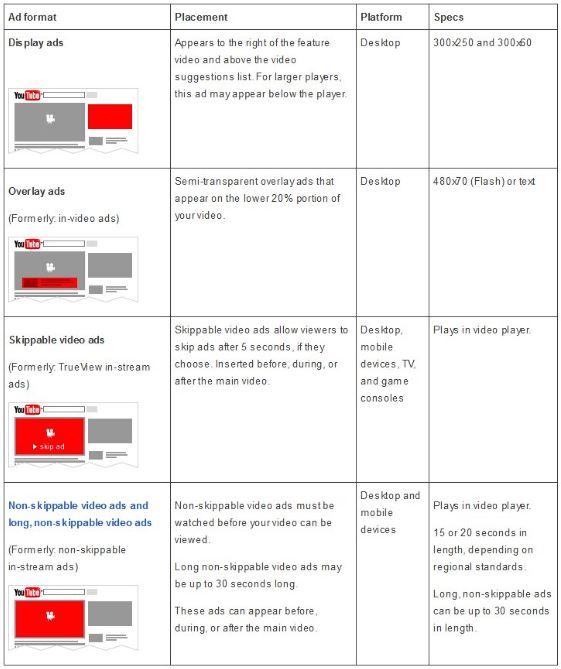
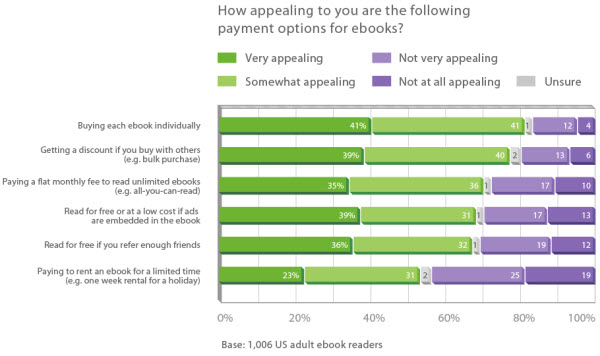
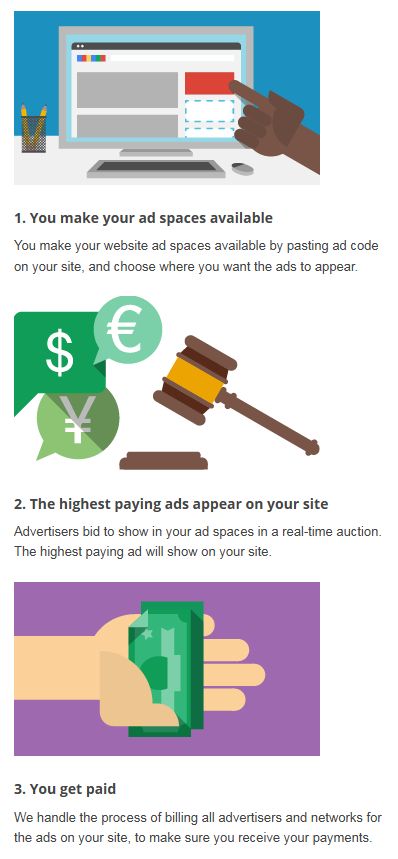
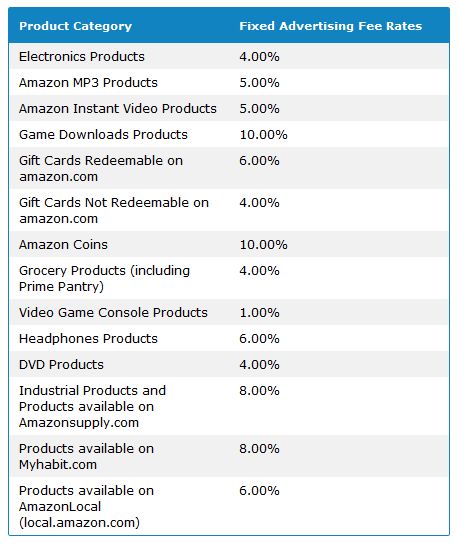
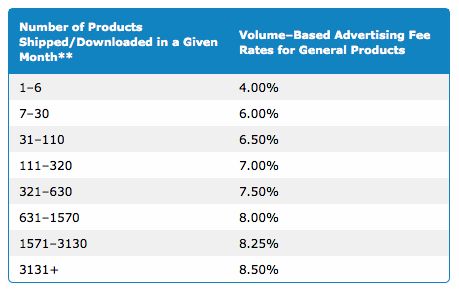
Final Thoughts
Any one of these approaches will work but a combination will obviously result in more income. The biggest thing to focus on is creating quality content. If your podcast content is not good then you’re wasting your time trying to monetize it.
Thanks for reading and stay tuned for more updates.
Tags: AdSense, Affiliate Programs, Google, Monetize, Podcast, Webinar, Website Ads, Wordpress, YouTube Video Ads
